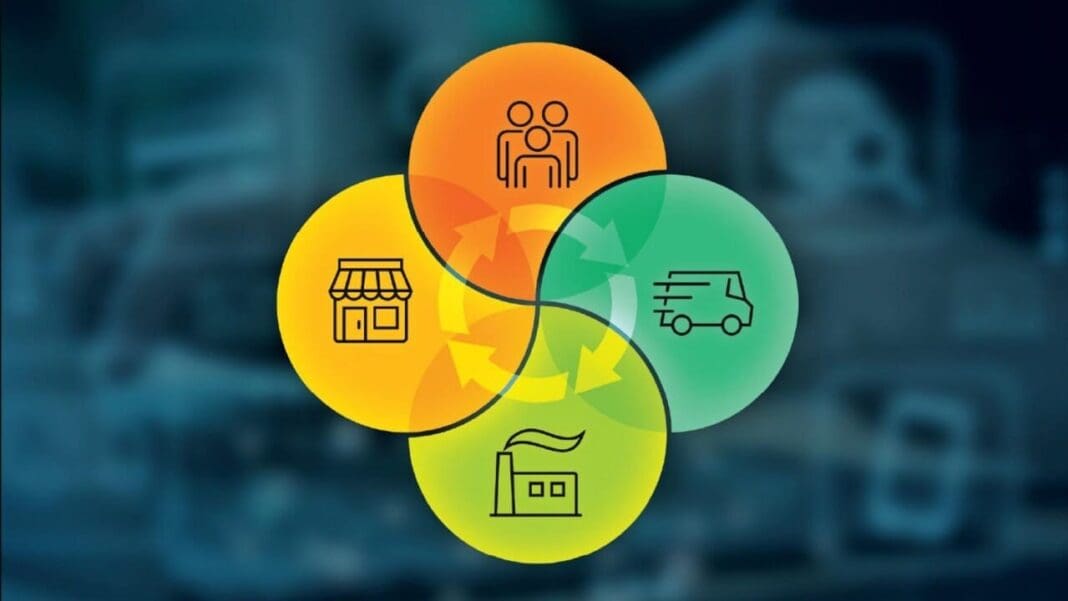During the COVID-19 pandemic, ecommerce grew from 9.7 percent of total retail sales in 2018 to about 14.5 percent from 2020 to 2022. Returns grew during and after the pandemic as well: by 2023, the National Retail Federation estimated 17.6 percent of online purchases in the U.S. by revenue were returned to retailers.
Reverse logistics refers to the movement of goods from the consumer to their place of manufacture, sale, or disposal. Returned items may be resold as new, refurbished to be sold on the secondary market, recycled, or disposed of in a landfill.
Consumers today have more options than ever for returning unwanted items, including third-party drop-offs, package-less returns, and pickup at the customer’s premises.
The U.S. Postal Service has expanded its returns services in recent years. These offerings include USPS Returns and Parcel Return Service (PRS). In addition, USPS provides customers with label delivery or printing at self-service kiosks, rapid drop-off stations, package-less returns, QR code scanning for package pick up, and doorstep pickup.
USPS faces competition in the returns market from third-party logistics providers that can handle all or some of the returns process for retailers. There is also continued competition from established carriers such as UPS and FedEx.
Given the size and scope of the postal network, there may be opportunities for the Postal Service to grow its market share. Doing so will entail continuing innovation geared toward meeting consumers’ needs.



